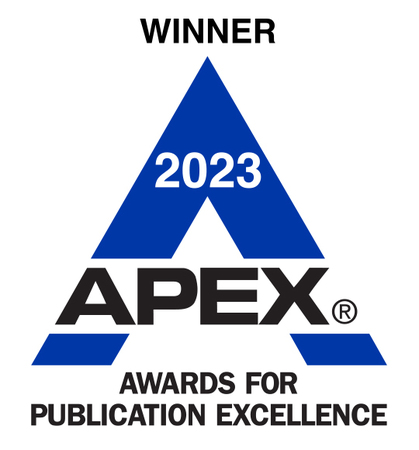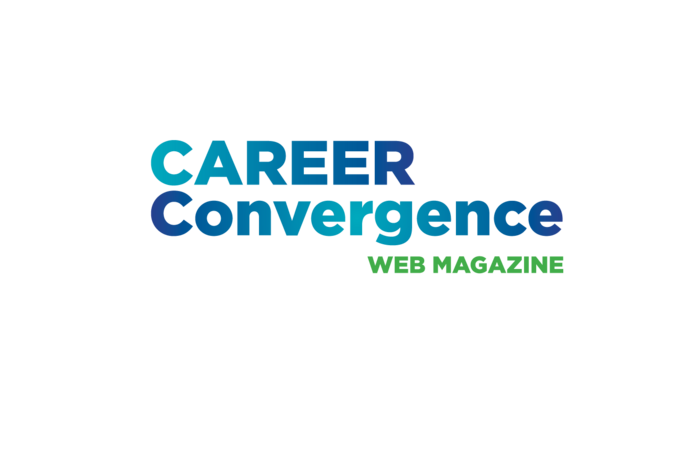02/01/2020
Understanding Bias When Working with Multi-Cultural Populations
By Carlos Carter
One of the salient priorities of career services professionals is to understand the diverse populations which they serve. To best assist individuals from multicultural backgrounds, career services professionals need to have knowledge and deep understanding of one’s self. The first step in understanding self is to acknowledge one’s conscious or unconscious attitudes, stereotypes, and biases toward other populations. Every individual is a part of at least one culture. These cultural contingencies shape client’s behaviors, which may or may not be acceptable or familiar to career services professionals from another culture. To better serve individuals, assessments, interventions, training, and career coaching should be selected with a consideration of cultural factors, including cultural preferences and norms of that culture. The National Career Development Association (NCDA) code of ethics states “career professionals communicate information in ways that are both developmentally and culturally appropriate” (National Career Development Association, 2015, A.2,c). Developing self-awareness may prevent our biases from impeding how we serve culturally diverse clients. A chapter on multicultural considerations in the 2019 book, A Comprehensive Guide to Career Assessment, states:
Successful multicultural career practice involves an awareness of, and attention to, an individual’s entire lifespan, including life roles, sexual orientation status, disability status, gender constraints, racial/ethnic implications, and environmental opportunities and barriers. It also means utilizing the information gathered in interventions to support traditionally underrepresented clients in finding and maintaining satisfying work and coping with discriminatory workplace practices. In addition, cultural competence among career practitioners includes an awareness of the norming sample that was used to develop an instrument, and staying abreast of the empirical research pertaining to the career development of culturally diverse clientele. (Wilkins-Yel, Chung, Cheng, Li, p. 61)
Career service professionals develop an awareness of their client’s personal values, preferences, characteristics, and circumstances by examining cultural identity. This also guides assessment, interventions, and service. By acknowledging the importance of culture, career service professionals achieve socially meaningful goals, such as reducing disparities in access to services and improving the quality of services for multicultural populations in this field. Career service professionals also have a legal and ethical obligation to provide equal opportunities to multicultural populations and not allow their biases to cloud their judgment or ability to provide services. “Career counselors and practitioners are encouraged to take on the role of a multicultural advocate to both discuss and address issues of discrimination directly with clients, both in career intervention and in society” (Wilkins-Yel, Chung, Cheng, Li, 2019, p. 66).
Social cognition suggests at any given moment we can be challenged with 11 million pieces of information (Markowsky, 2017). Because a human brain can only process about 40 items efficiently, it needs to rely on shortcuts and past knowledge or experiences to make safe assumptions. This creates unconscious bias or what is often called implicit bias. Implicit bias refers to the attitudes or stereotypes that affect people’s understanding, actions, and decisions in an unconscious manner (Staats, Capatosto, Wright, & Contractor, 2015). These biases, which encompass both favorable and unfavorable assessments, are activated involuntarily and without an individual’s awareness or intentional control. Residing deep in the subconscious, these biases are different from known biases that individuals may choose to conceal for the purposes of social and/or political correctness. Explicit bias is informed by people’s implicit bias but is also at the least a conscious choice.
The HR Source (Banner, 2018) describes five unconscious (implicit) biases in the workplace. These five implicit biases include the following:
- Affinity bias, which leads us to favor people with whom we feel a connection or similarities.
- Halo effect, which occurs when people perceive one great thing about a person and let that halo glow. People allow that one thing to color opinions of everything else about that person.
- Horns effect, which is the direct opposite of the Halo effect, and occurs when perception of someone is unduly influenced by one negative trait.
- Attribution bias, which affects how people assess other people and their achievements. When assessing themselves, people tend to think their achievements are direct results of their merit and personality, while their failings are the result of external factors. On the other hand, they attribute other’s failures as lack of effort and their achievements as external factors, or luck.
- Confirmation bias, which is the tendency to search for, interpret, focus on and remember information that aligns with people’s preconceived opinions.
These biases often lead to inaccurate assessments based on faulty rationale. Unchecked, unconscious bias can result in a narrow pool of candidates being hired and promoted, as well as limited creativity, diversity, and inclusivity in the workplace (Allegis Group, 2018). Unconscious bias can also affect collaboration between employees and prevent innovation and productivity. Some common ways that unconscious bias can quietly and unknowingly create unintended exclusion in people’s daily work are through interviewing, coaching/developing, talent reviews, and day-to-day interactions.
Some biases that affect multi-cultural populations include; race and gender bias, age/generation bias, sexual orientation bias, religious bias, bias against people with disabilities, offender bias, and language discrimination. Although people may share things in common with other individuals, everyone is their own person and has different perspectives, which is why diversity is so important. Some of the benefits of diversity and inclusion are:
- Variety of differing talents, skills, and experiences
- Innovation
- Increased applicant pool
- Employment performance improvements
Employees are more likely to feel comfortable and happy in an environment where inclusivity is a priority. Equality in the workplace encourages workers from all backgrounds to feel confident in their ability.
In 1961, as an attempt to level the playing field for minorities and women, affirmative action was put into law. Affirmative action was created to institutionalize equality in education, employment, and contract opportunities for minorities and women. Affirmative action attempts to ensure that traditionally underrepresented groups have full opportunities for consideration for jobs and promotions.
Culturally aware assessment practices may allow career professionals to obtain important cultural information about clients to understand their worldviews. Culturally aware assessment may also allow behavior analysts to identify any potential cultural barriers such as modalities of communication and expression of emotions. Career professionals should be knowledgeable about a client’s culture, differentiate between an unfamiliar cultural norm and a pathology, and take culture into consideration during the process. "Embracing cultural pluralism that is characteristic of the global context of the 21st century is no longer a luxury, but a critical necessity for culturally informed career practice and assessment" (Wilkins-Yel, Chung, Cheng, Li, 2019, p. 69).
References
Allegis Group. (2018, April 5). Unconscious bias in the workplace, what it is & how to manage it. Retrieved from: https://www.allegisgroup.com/en/insights/blog/2018/april/unconscious-bias-in-the-workplace
Banner, R. (2018). 5 types of unconscious bias in the workplace. The HR Source. Retrieved from: https://www.thehrsource.com/post/5-types-of-unconscious-bias-in-the-workplace
Markowsky, G. (2017, June 16). Information theory. Retrieved from: https://www.britannica.com/science/information-theory
National Career Development Association. (2015). 2015 NCDA Code of Ethics. Retrieved from https://demotcs.com/aws/NCDA/asset_manager/get_file/3395?ver=738703
Staats, C., Capatosto, K., Wright, R., & Contractor, D. (2015). State of the science: Implicit bias review 2015. State of the Science: Implicit Bias Review, 1-3.
Wilkins-Yel, K. G., Chung, Y. B., Cheng, J. & Li, Y. (2019). Multicultural considerations in career assessment. In K. B. Stoltz & S. R. Barclay (Eds.), A comprehensive guide to career assessment (7th ed., pp. 59-73). Broken Arrow, OK: National Career Development Association.
Carlos Carter, CCSP, is a Youth Career Development Facilitator at Michigan Works! Southgate Service Center and has been working in this field for the past year. He provides career advising and counseling services to young adults who need support and assistance in their career exploration, development, and decision making. He previously worked as a Program Coordinator for the Lloyd H. Diehl Boys & Girls Club of Southeastern MI. Carlos earned a B.A in psychology from Kentucky State University. He can be reached at carlos.carter@dccwf.org
3 Comments
Linda Sollars on Saturday 02/01/2020 at 02:32 PM
This is a very insightful article and one I will reference in my future classes. I particularly like the definition of five bias types and the information on culturally aware assessments. Great work, Carlos!
J Stephen Neynaber, EdD on Saturday 02/01/2020 at 07:31 PM
Your findings are consistent with mine:
https://scholarworks.wmich.edu/cgi/viewcontent.cgi?referer=&httpsredir=1&article=2980&context=dissertations
Lavonda Stokes on Thursday 02/20/2020 at 06:58 PM
Great read! Very informative and it lets us know we still have to continue to educate ourselves not only for ourselves but to help our diverse population of career seekers.



